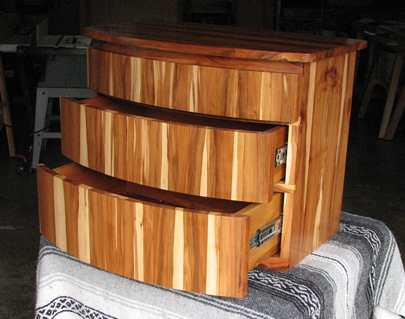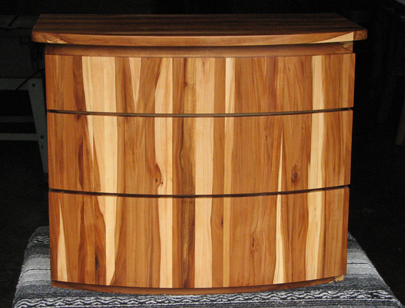Common Apple – Malus pumila
Common apple trees from a graft are 60 years old
There are more than 7,500 known apple varieties. Different cultivars are available for temperate and subtropical climates. One large collection of over 2,100 apple cultivars is housed at the National Fruit Collection in England. Most of these cultivars are bred for eating fresh though some are grown for cooking or cider. Cider apples are typically too tart and astringent to eat fresh, but they give the beverage a rich flavour that dessert apples cannot.
Commercially popular apple cultivars are soft but crisp. Other desired qualities in modern commercial apple breeding are a colourful skin, absence of russeting, ease of shipping, lengthy storage ability, high yields, disease resistance, long stem (to allow pesticides to penetrate the top of the fruit), and good flavor. Modern apples are generally sweeter than older cultivars, as popular tastes in apples have varied over time.
Apples from old cultivars are often oddly shaped, russeted, and have a variety of textures and colours. Some find them to have a better flavour than modern cultivars, but may have other problems which make them commercially unviable, such as low yield, liability to disease, or poor tolerance for storage or transport. A few old cultivars are still produced on a large scale, but many have been kept alive by home gardeners and farmers that sell directly to local markets.Many unusual and locally important cultivars with their own unique taste and appearance exist; apple conservation campaigns have sprung up around the world to preserve such local cultivars from extinction. In the United Kingdom old cultivars such as ‘Cox’s Orange Pippin’ and ‘Egremont Russet’ are still commercially important even though by modern standards they are low yielding and disease-prone. — From Wikipedia
Apples owe their vast diversity to the fact each apple tree produces seeds that result in a new variety. During colonial times in North America, fortunes were made with the discovery of many popular varieties. Today, only a very few are harvested commercially. Once again, mankind puts all their eggs in a virtual monoculture. Fortunately, their are many heritage varieties still protected and cultured, lest a single pathogen or insect destroy the crop, as did the potato blight in the Irish potato famine.

Apple wood can present a richly rewarding challenge to the furniture-maker, as evidenced by these two matching cabinets, produced from a single 100-year-old tree, by my friend and master craftsman Michael Landem of Boulder Custom Cabinets in Colorado.
The harvested wood was air-dried for two years in an unheated space, constrained by spacers and nylon straps. Joined and planed, the stock was again stored for two years in the rafters of his shop where it “relaxed” under the dry heat.
“The chief technical challenge of the project was the curved vertical grain drawer faces. I began by making a large press out of multiple layers of 1″ high-density particle board, cut individually to the proper radius on a band saw and then glued into two large blocks and sanded smooth.”

Six layers of 1/8″ Italian Poplar bender plywood and resorcinol glue were then squeezed into this mold and allowed to dry, trimmed and then cut into the six drawer fronts. The inside face of the coopered apple panel had to fit perfectly over the outside face of these curved drawer fronts. Each cabinet contains 118 screws. Each dovetailed drawer fits into its own chamber. The self-closing full-extension 10 inch drawer guides are rated to 60 pounds. The finish is Danish oil under carnauba wax, brought to a sheen with a wool buffer.
“Apple wood is heavy, waxy and lovely. It machines easily and is a stable and obedient wood when properly dried,” says Mike.

